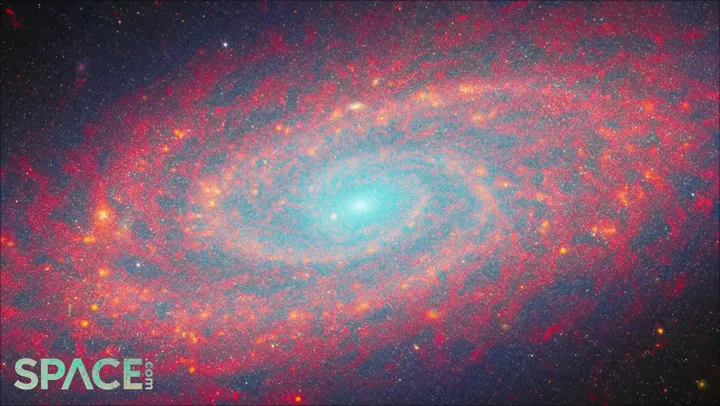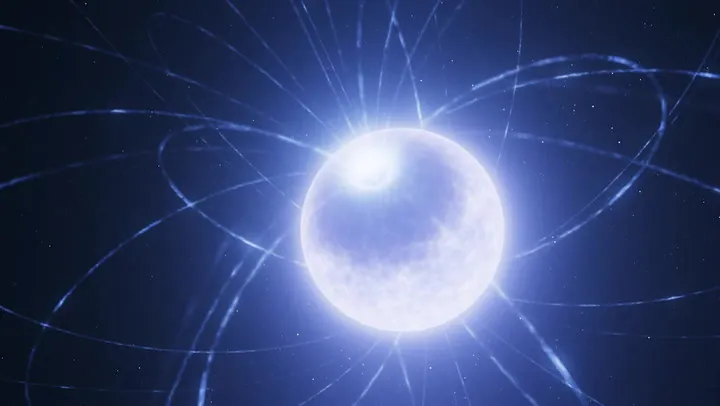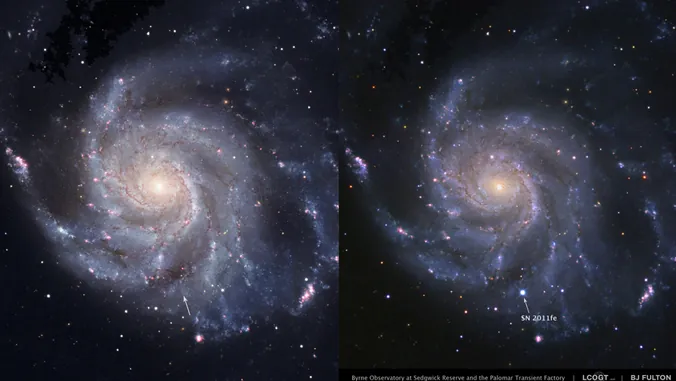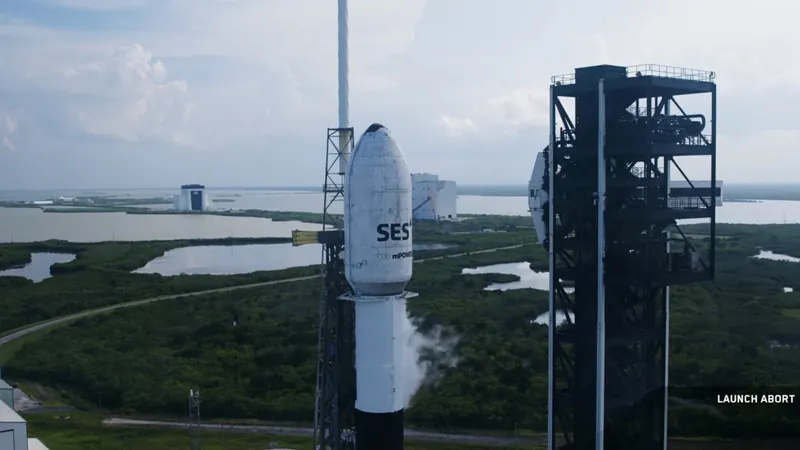
Embracing the New Era of Astronomy: The Blend of Tradition and Technology
2024-11-03
Author: Jacques
In today's rapidly evolving world, the journey of becoming an astrophotographer has been transformed by technological advancements. With state-of-the-art equipment and the ever-improving quality of smartphone cameras, anyone now has the opportunity to capture stunning astronomical images and share them instantly on social media. This surge in accessibility is breathing new life into the hobby of astronomy, making the night sky more approachable for novices and seasoned enthusiasts alike. But does this mean that traditional telescopes are facing extinction?
My experiences at public observing nights suggest otherwise. There's an undeniable magic in witnessing celestial phenomena through a telescope or binoculars that complements the fast-paced digital displays we see on our screens. While many marvel at the vibrant images of distant nebulae captured on tablets, the sheer astonishment of viewing the rings of Saturn or recognizing a bright star as a planet is unparalleled. These moments leave a lasting imprint, capturing the hearts of all who gaze up.
This year, as we approach the peak of the solar cycle, many have delighted in the spectacle of northern lights. Images shared online showcase their vibrant colors, yet they fail to convey the breathtaking beauty experienced with the naked eye—the shimmering waves dancing across the sky, creating a dynamic display that no photograph can replicate. The emotive power of witnessing a total solar eclipse, when the moon’s shadow sweeps over the Earth, revealing the sun’s dazzling corona for mere minutes, is an experience etched into memory forever.
In recent weeks, the excitement surrounding Comet C/2023 A3 Tsuchinshan-ATLAS has captivated stargazers. Its tail extends magnificently away from the sun's direction, offering breathtaking visuals. While my telescope provided a detailed view of the comet's head, the best experiences often come from using binoculars, allowing for a broader perspective. I have spotted the comet on numerous occasions from my own backyard, and on a recent trip to a rural area, half of its remarkable tail was visible—an experience that harkens back to the unforgettable sight of Comet Hyakutake in 1996, where I once mistook its grand tail for a passing cloud.
The thrill of exploring the cosmos doesn’t solely lie in capturing images; it is about the journey itself. My father, an avid hunter, found joy in the quiet walks through the woods. Similarly, the pursuit of faint galaxies and nebulae with a star map and telescope rekindles a childlike wonder. Pausing to admire the vastness of the starry sky while reminiscing about constellations of yesteryears enhances my connection to the universe. Occasionally, a shooting star will cross my view, or I might grumble at one of the many satellites that disrupt the tranquility of the night.
As an amateur astronomer, I often receive inquiries about the most extraordinary sights I've encountered through a telescope. One night while observing Jupiter, I decided to switch to a higher magnification eyepiece, only to discover an unexpected visitor—a small spider had set up residence inside my telescope eyepiece! The universe always finds fun ways to surprise us.
As we embrace these new tools and technologies in astronomy, it's crucial to remember that the heart of the hobby remains rooted in experience and wonder. Whether through traditional stargazing or the latest astrophotography techniques, each moment spent under the night sky offers a unique connection to the cosmos.
For more information about the Saint John Astronomy Club and to join in on the enchantment of astronomy, interested individuals can reach out via email or visit the official website. The journey of exploring the universe awaits—are you ready to embark?









 Brasil (PT)
Brasil (PT)
 Canada (EN)
Canada (EN)
 Chile (ES)
Chile (ES)
 Česko (CS)
Česko (CS)
 대한민국 (KO)
대한민국 (KO)
 España (ES)
España (ES)
 France (FR)
France (FR)
 Hong Kong (EN)
Hong Kong (EN)
 Italia (IT)
Italia (IT)
 日本 (JA)
日本 (JA)
 Magyarország (HU)
Magyarország (HU)
 Norge (NO)
Norge (NO)
 Polska (PL)
Polska (PL)
 Schweiz (DE)
Schweiz (DE)
 Singapore (EN)
Singapore (EN)
 Sverige (SV)
Sverige (SV)
 Suomi (FI)
Suomi (FI)
 Türkiye (TR)
Türkiye (TR)
 الإمارات العربية المتحدة (AR)
الإمارات العربية المتحدة (AR)